Two fighters and two guerrillas and two liberals from both sides of the globe. One in the westernmost point and the other in the cradle of the Orient. One was a peasant who experienced building as a child to become the liberating architecture of the Middle East, and the other chose medical science to heal the chronic pains of South American colonialism.
Suffering from asthma as a child, he did not even take any action to cure himself, and spent most of his scientific energy on helping the destitute. The Che Guevara style of struggle in the Middle East dates back to the 1970s and 1980s but with a different content. Mustafa Chamran, who emerged from Lebanon in the 1980s, had a great ability to shine in the field, but unfortunately his sun of life set too soon. Another spiritual awakeners of the quest was Qasem Soleimani, whose awakening journey was stopped by his fiercest enemies while he was at the height of world fame.
Although there are differences between the Western and the Eastern Che Guevaras in terms of content and beliefs, they are too similar in form. Haj Qasem and Ernesto both faced a single enemy, the criminal America, in fighting for their belief which was the liberation of oppressed lands from oppression and tyranny, and both were cowardly defeated by a single enemy. One at the age of 64 and the other at the age of 39. Both did not confine themselves to a particular land and were less present in their homeland, so that the Argentinian Che Guevara was given best government posts after his effective participating in the victory of the Cuban revolution, but after a while he left the country to free the Bolivian people from the American yoke. Qasem Soleimani could have served in the highest executive positions in his country, but he preferred the dust of the scorched deserts of Iraq and Syria and the mountains cold of Afghanistan to positions and posts in Iran. His charismatic personality had led leaders of countries to seek advice from him. All the villages and towns of the Middle East affected by the onslaught of global miscreants were the scene of Haj Qasem's presence. Ernesto also preferred to teach Chilean, Cuban, Bolivian, and Congo youths the lessons and methods of scientific and experimental struggle with the least facilities, instead of holding high government positions.
Some of their words were very similar. For example, Haj Qasem used to say: "Wherever there is an oppressed person in the Islamic world, I am by his side." Ernesto used to say: "If you tremble with anger at any injustice, know that you are one of my comrades."
Haj Qasem used to say: "America is the bloodthirsty enemy of all humanity and Muslims." Ernesto used to say: The enemy of all of us is the monopoly government of the United States of America." Haj Qasem used to say that wherever I felt a revolutionary duty, I will be there. Ernesto used to say that a real revolutionary serves where he is needed.
Haj Qasem knew that he would lose his life in this way, and without any fear he would target American forces and American agents to the point that he had mocked death so that did not turn a blind eye to them until the last moments of his life. And his final presence was near their base to mock death next to them. Ernesto addressed Bolivian military and American mercenaries as he was reading his death sentence: "pay close attention and aim well because you want to kill a man. He believed a bird that was afraid of scarecrows would starve to death. Ernesto was shot dead in the village of Val grande in Bolivia at a time when he had a legendary reputation and later Latin Americas young people announced they would not forget and would immortalize his memory. Cuba engraved a photo of him on its national currency coins. But the West, to tarnish his name, acknowledged Che Guevara's greatness and made films of him, put a picture of him on its goods and made him a brand. So that perhaps his ideals can be summed up in insignificant material means. When he was arrested, he carried only a few packs of tobacco and believed that a guerrilla should have a pack of tobacco with him along with his gun, but Haj Qasem always carried a rug, a Tasbih and a ring and his last meaningful legacy was "hand" and "ring".
Ernesto was buried at an abandoned airport after his execution but a remorseful a member of the Bolivian army execution squad revealed the place of his buried body in 1995 near an abandoned airport. He was buried in Santa Clara, a Cuban city where he had fought many battles, and a monument of him was created. A statue of him was later erected in Rosario, his hometown in Argentina. Thus, the Argentine Ernesto Che Guevara was for a long time known as the executive arm of the left Marxist discourse in the Far East and was known as a liberation fighting model among Middle East fighters. Because in the 1960s and 1970s the idealistic world was dominated by the emerging left Marxist discourse, and the fascinations of this discourse overshadowed the dominant liberation movements, Che Guevara was a symbol of this discourse in the 60s and 70s, and he was called the symbol of revolution fighting and an influential person in the twentieth century.
But thirty years after the western Che Guevara, religious guerrillas appeared in Iran, of which Qasem Soleimani was an example. Enjoying a belief education, Haj Qasem launched movements in the Middle East which were far more complex and extensive than those in the time of Che Guevara and the Latin America. He led large-scale operations and liberated many lands from the yoke of tyranny and arrogance. Americans considered him a great enemy. "Qasem Soleimani is very capable, a good manager and a good enemy," said then US Secretary of Defense David Petraeus.
Haj Qasem, who considered himself a soldier of faith, was the founder of unity and solidarity among the leaders of nations and religions in the Middle East. Haj Qasem was assassinated while he was at the peak of regional and global authority and fame. Today, the yesterday worker and the builder has become the architect of politics in the Middle East, as he was the most influential person in the regional equations, which all the world's attention was focused to.
So it is not in vain to say that he was an influential factor in world politics. Unlike Che Guevara, who was shot at a military airport and boycotted the report of his killing, and even recovered his body after 30 years, the assassination of Haj Qasem affected the whole world; it greatly affected the people of the region, it frightened the occupiers. The anger of the Iranian, Arab, Kurdish, Afghan and Pakistani youth disturbed the sleep of terrorist commanders. The world reacted to the US President's cowardly behavior. Even the 40-year-old opponents of the Islamic Republic of Iran called this national hero a "soldier of the homeland" and praised him.
Most importantly, Martyr Qasem Soleimani, as a military man, set a record of welcoming and accompanying his body in the history of the world that no one could even imagine, not even the Americans. Haj Qasem's thought and school are expected to replace Ernesto's idealistic thoughts. Ernestos and Haj Qasems stood honorably, and everyone immortalizes themselves in the history of human awakening, but Trumps and Johnsons (the US Democratic President in 1967) and dozens of other American presidents came and went, and only a picture of them would remain in historical tables; while the main 60s and 70s movements of idealism in the Far East, West and Middle East are inspired by Ernesto ideas and the lessons of Che Guevara struggle were taught in schools and towns and villages. And now, on the eve of the 21st century, the lightning of Qasem Soleimani's gaze will surely disturb the sleep of the colonialists far and wide.
As the word Qasem Soleimani has been the most frequently used Google word in the past year, and even his assassins have used the word extensively, and the role of this popular Iranian general has been more widely known in the world than that of Argentine Ernesto Che Guevara. So, it will not be too long that Qasem Soleimani will become the symbol of world libertarians' struggle against arrogant regimes, and it is not unlikely that the revolutionary youth of the world will have, on their shirts, the image of Haj Qasem as a lovable symbol of revolutionary figure against American hegemons and occupiers around the world. That is when the West and the East will proudly name Qasem Soleimani as the Eastern Che Guevara.
Reporter's code: 50101

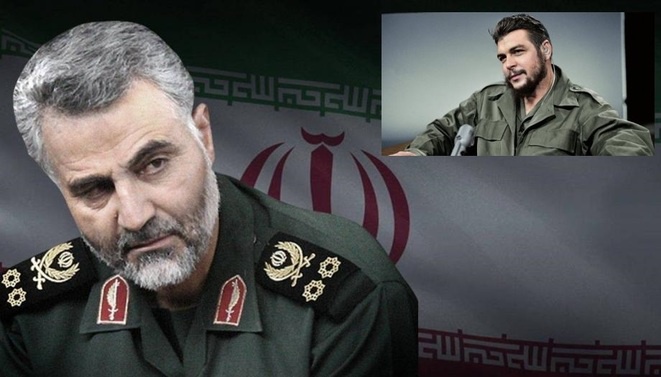
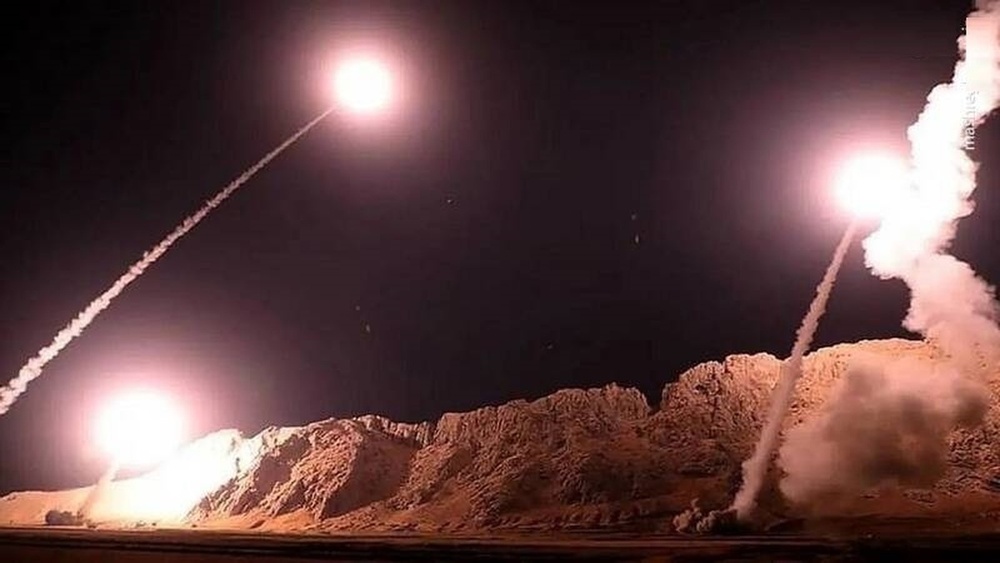
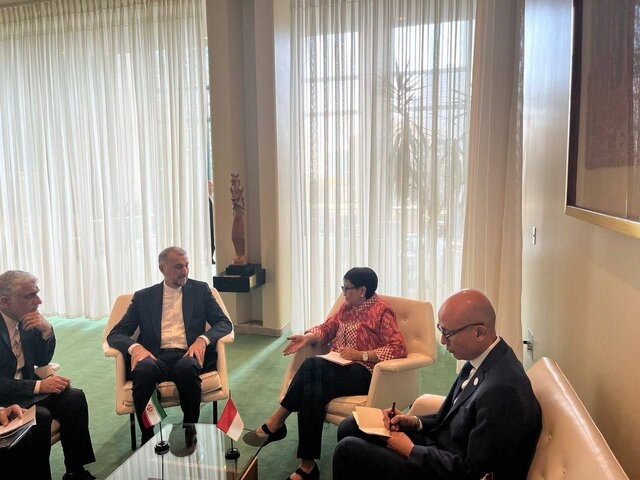

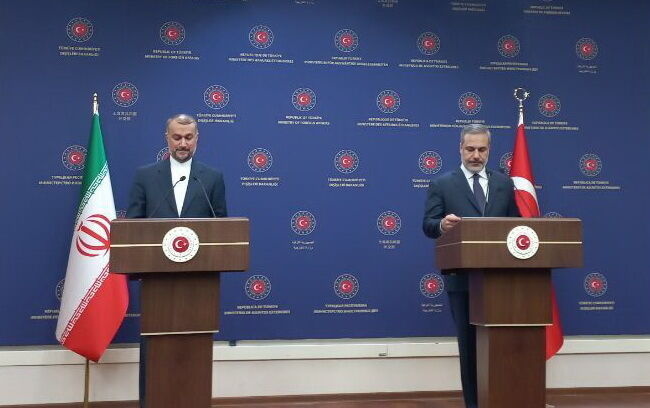
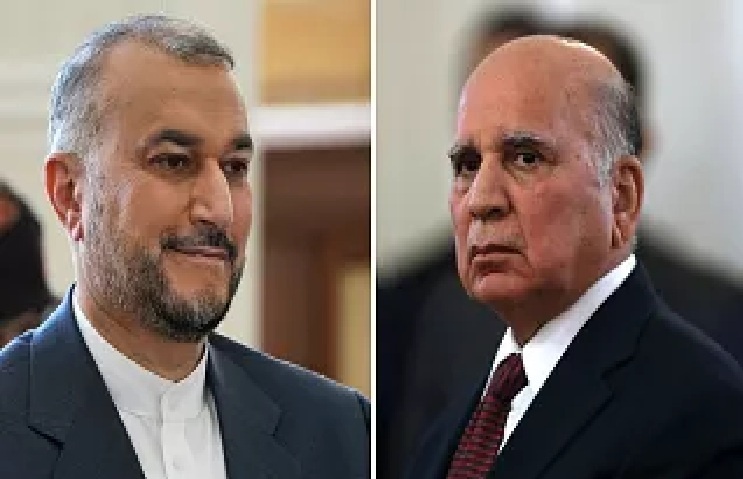
Your Comment